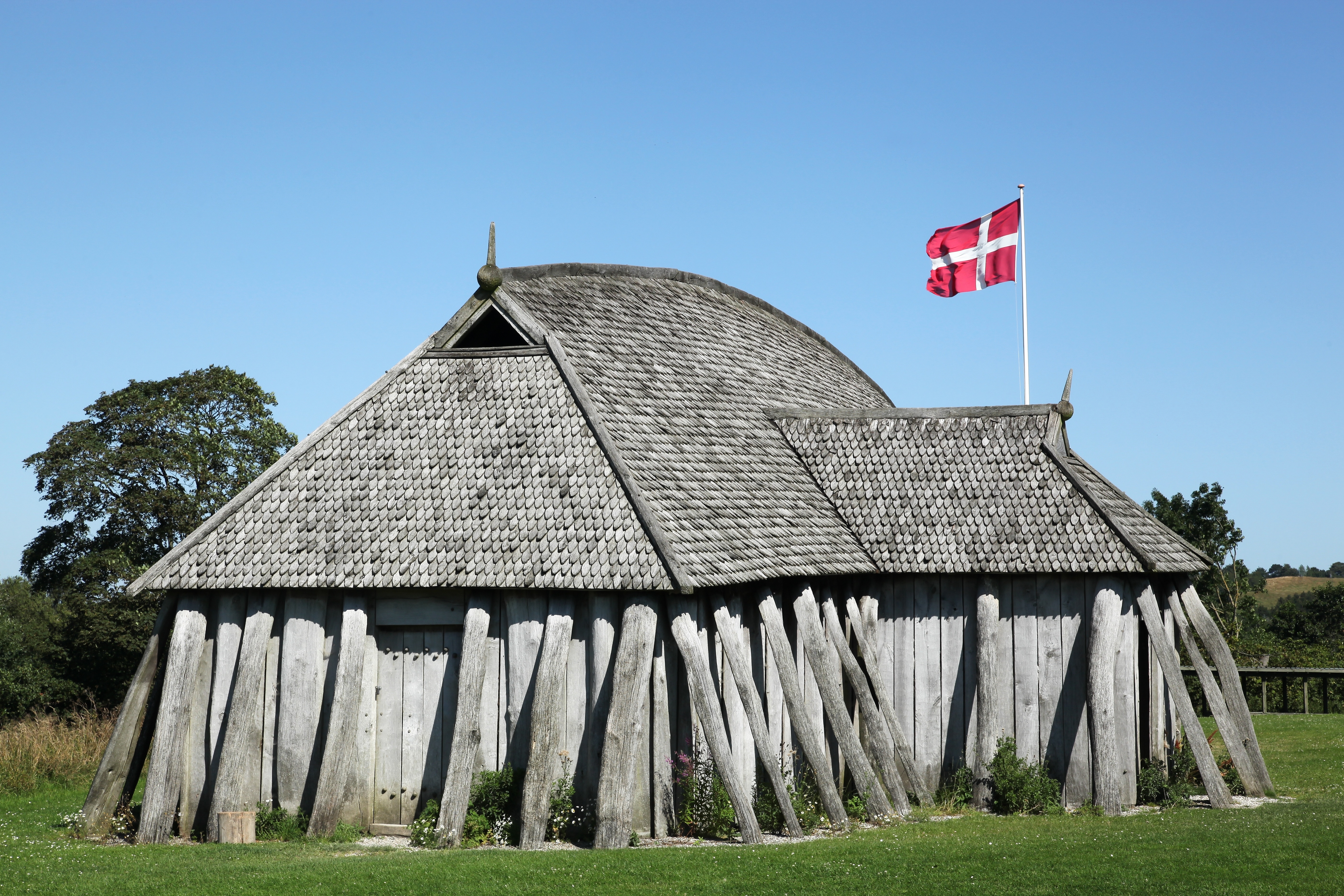
Another fun read on Viking history is A Dark History: Vikings, by Martin Dougherty. You might find it on the discount shelf at Barnes & Noble.
Will mention just a few particularly interesting thing I found noteworthy.
Weak information
Book starts out reminding us the information on the Vikings is limited.
Without a contemporary written history, we can’t look at the non-metallic and non-stone artifacts, such as clothing and homes, because they have long since have disintegrated. Written accounts, even those that are contemporaneous, are by people who are not Vikings and would thus not understand the Viking culture or mindset. (paragraph updated for readability)
As mentioned by other writers, comments by victims of Viking raids may have a bit of bias in their comments.
Starting and ending point of the Viking Age is vague
Contemporary comments for the first raids, such as during the famed Lindisfarne raid referred to the raiders as being “from the north” or “from the land of robbers” which suggests the Scandinavians had a reputation in place long before 793 A.D.
Book points out that Scandinavians were conducting raids across the seas, likely in large numbers, during the Iron Age, which I think started in the sixth century BC.
What changed in 793 is an increase in scale and reach, along with increased attention. Book says raiding and trading would have been going on for many generations before the Lindinsfarne raid.
Of course, there is a chapter, #8, which describes “The Viking Kingdoms” and the history of raids across Europe and the Atlantic.
Book says the start of the end of the Viking era was when Charles III gave Normandy to Rollo on the condition he block future Viking raids. Book points out this was a major transition from raider to kingdom-builder.
On a longer-term basis, it also set in motion building up the Normans, who eventually conquered England (which was done by William the Conqueror).
The book points out, as do many other sources, that the Viking Age did not end precisely in fall of 1066 at Stamford bridge.
The Vinland colony faded earlier, the Greenland colony lasted longer, and there were big battles involving Vikings after 1066.

But 1066 is the often assigned date for the end of the Viking Age. I guess that makes sense, since we humans need a hard date to identify historical eras.
About that battle at Stamford bridge – King Harald Hardrada of Norway had good reason to expect success. He landed with 9,000 men loaded on 300 ships. He successfully raided around the eastern coast, won a major battle, and persuaded York to surrender without a fight.
Harald Hardrada was killed in the battle at Stamford bridge and his troops routed. There were reportedly only enough surviving Vikings to man 24 ships. At 30 men to a ship, that suggests only about 720 Vikings returned to Norway out of 9,000 who arrived in England. That would be a loss of about 8,200, or about 92%.